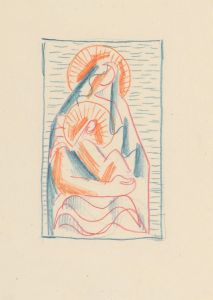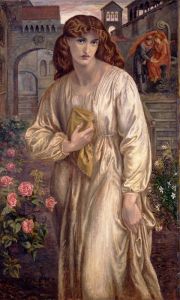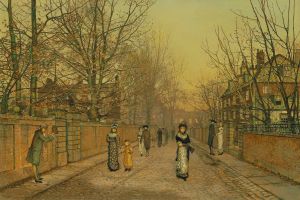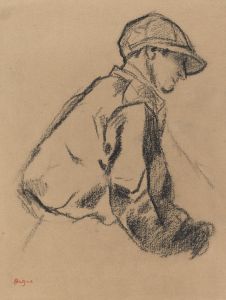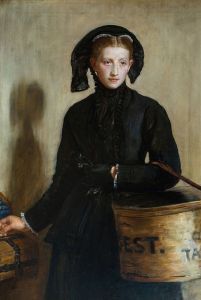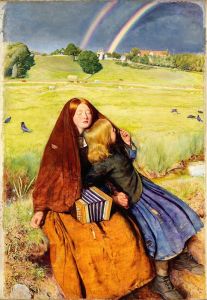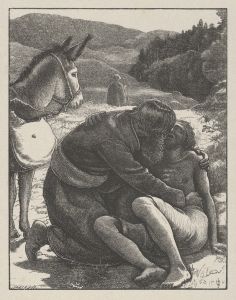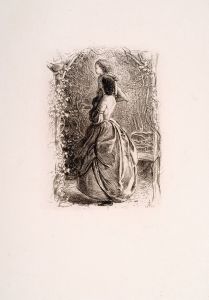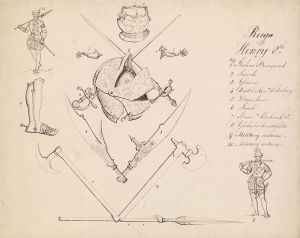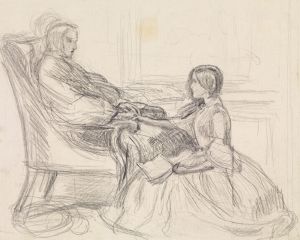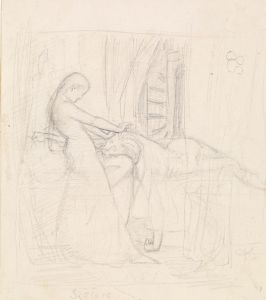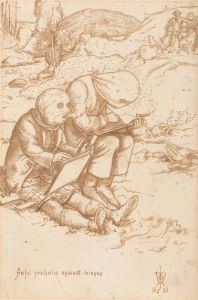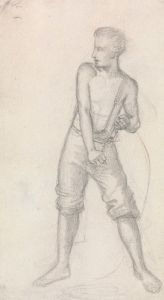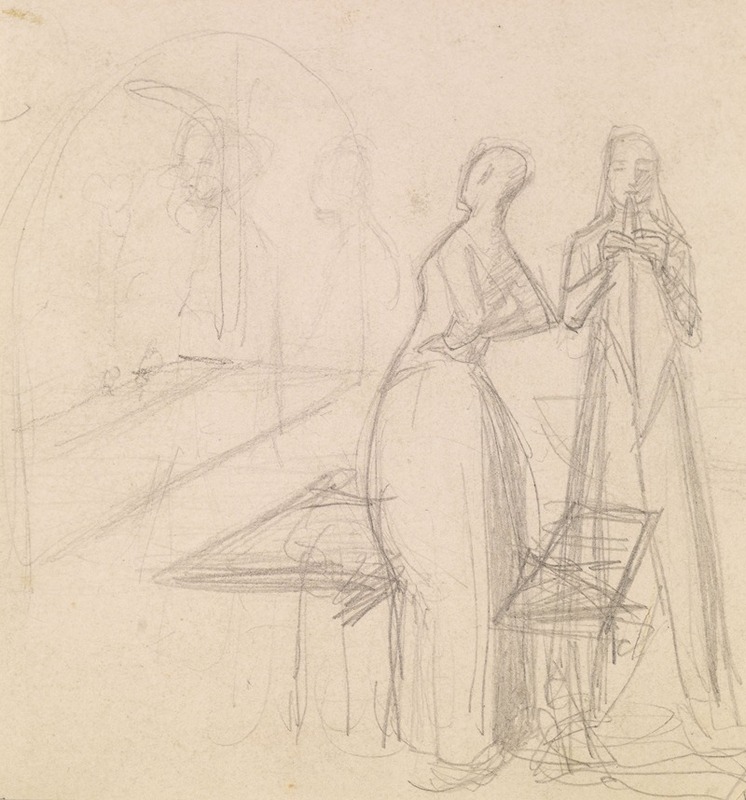
Mariana – Figure Sketch and Sketch of a Woman folding Cloth
A hand-painted replica of Sir John Everett Millais’s masterpiece Mariana – Figure Sketch and Sketch of a Woman folding Cloth, meticulously crafted by professional artists to capture the true essence of the original. Each piece is created with museum-quality canvas and rare mineral pigments, carefully painted by experienced artists with delicate brushstrokes and rich, layered colors to perfectly recreate the texture of the original artwork. Unlike machine-printed reproductions, this hand-painted version brings the painting to life, infused with the artist’s emotions and skill in every stroke. Whether for personal collection or home decoration, it instantly elevates the artistic atmosphere of any space.
"Mariana – Figure Sketch and Sketch of a Woman folding Cloth" is a preparatory drawing by Sir John Everett Millais, a prominent British painter and one of the founding members of the Pre-Raphaelite Brotherhood. Millais, known for his meticulous attention to detail and dedication to realism, created this sketch as part of his artistic process, which often involved extensive studies before completing a final painting.
The sketch is believed to be associated with Millais's painting "Mariana," completed in 1851 and inspired by Alfred Lord Tennyson's poem of the same name. The poem, published in 1830, tells the story of Mariana, a woman abandoned by her lover, who longs for his return while living in solitude. Millais's painting captures Mariana in a moment of melancholy and weariness, standing in a richly detailed interior. The preparatory sketch likely served as a study for the figure of Mariana or for another female figure in Millais's body of work.
The drawing demonstrates Millais's skill in capturing the human form and his commitment to studying poses and gestures. It reflects the Pre-Raphaelite Brotherhood's emphasis on naturalism and fidelity to detail, as well as their interest in literary and historical themes. The sketch of a woman folding cloth, included in the same work, may represent Millais's exploration of domestic activities or his focus on the physicality of everyday tasks, which often featured in his art.
The exact date of the sketch is not definitively recorded, but it is consistent with Millais's working methods during the early 1850s. The medium used is pencil on paper, a common choice for preparatory studies during this period. The drawing is part of a broader collection of Millais's works that showcase his artistic development and his approach to composition and figure drawing.
The current location of the sketch is not widely documented, but similar works by Millais are held in major art institutions and private collections. As a preparatory work, it provides valuable insight into Millais's creative process and his contributions to the Pre-Raphaelite movement.
This sketch is an example of Millais's dedication to his craft and his ability to convey emotion and narrative through the human figure. It remains a testament to his influence on 19th-century British art and his enduring legacy as one of the leading artists of his time.





